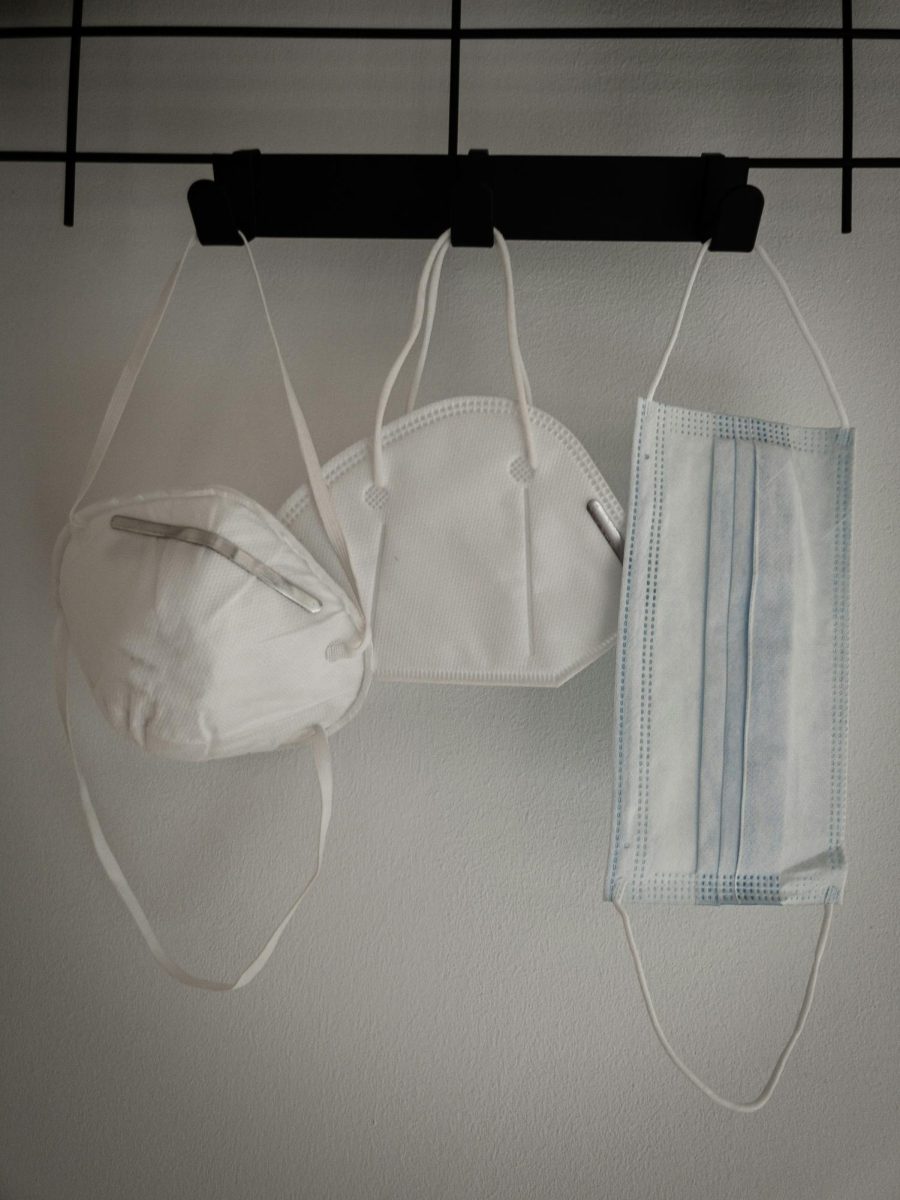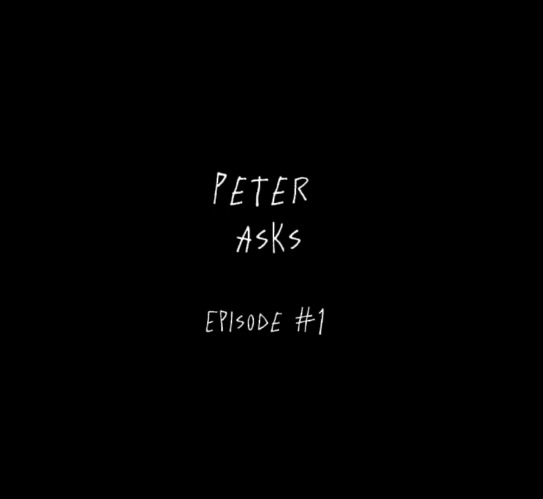Remote Learning: A Necessary Evil Caused by COVID-19
As the novel coronavirus swept across the world in the early months of 2020, many schools in the US switched to remote learning. At the time, it was really the only way to continue teaching. As more research was collected about how coronavirus spreads, some schools were able to return to in-person learning. Others, both primary and secondary, decided to continue with remote learning. This relatively unpracticed form of teaching had never been used on such a large scale, and many schools didn’t have the resources to facilitate it in an effective way. It was understandably difficult for teachers to immediately change the way they’ve been teaching their entire careers and adapt to a new format, especially when they didn’t have access or know how to utilize all the resources available to them.
As a high school student at this time, I got to experience this transition. When I heard that my high school would be switching to remote learning, I was so happy. I imagined I’d be able to sleep in every day, get my work done quickly and efficiently, and perform well without the bother of being in the classroom. I’d never need a hall pass, never have to sit in the overcrowded cafeteria, never have to deal with the kids who didn’t contribute to group projects… I could be by myself, working at my pace. It sounded great.
It worked out a little differently than how I imagined. For three months, my “classes” were asynchronous, meaning we were given assignments for the week. The teachers were told to give us no more than an hour of work a week. This meant that in some classes I had about ten hours of work while in others I had ten minutes. Sometimes the assignment was a short worksheet; sometimes it was a whole essay. Even my AP classes gave minimal work and almost no prep before the exam. Our grades became pass/fail. As long as I passed, they’d give me a 100%. Basically, as long as I turned something in, whether it was half-done or I’d spent hours perfecting it, I’d still ultimately get a hundred. This started in March and ended with the school year in June. Because coronavirus was so new at the time, people were terrified of getting sick. I never left the house or saw any of my friends. I wasn’t able to practice my sport, so I started doing some exercise classes to stay in shape. My motivation to exercise and do school work quickly fizzled out. It became impossible to do anything because I couldn’t see why it mattered. Why should I work so hard on assignments I’d get a perfect score on as long as I turned it in? Why should I get up early to exercise when I probably won’t be able to practice for a year or compete for even longer?
In hindsight, a lot of teenagers continue to have these same struggles. Due to limited communication, many don’t realize just how valid their struggle is. Because teens feel so isolated, it prevents them from asking for help or speaking out. If schools placed more emphasis on mental well-being, even if it gets in the way of education, it would help students greatly. At the very least, if students were encouraged to communicate, the negative effects of remote learning would be lessened.
At the high school level, remote learning can be extremely detrimental to teens’ mental health. Teenagers thrive off of socialization. Once they are forced to abandon all the usual activities that allow them to interact with peers, how are they affected? Schools don’t emphasize communication, especially in higher grades, meaning students have to turn somewhere other than school to communicate. Social media is an extremely popular form of communication, especially among teenagers. However, for many people, this alternate form of communication isn’t enough to maintain friendships. So much of what is shown on social media is fake and the hard parts of life are usually excluded, discouraging teens who are looking to commiserate. Some teenagers have been allowed to continue going out and socializing like normal. This excludes and further isolates the kids who choose to or have to quarantine with their families. Most high school friendships are established and maintained through casual conversations. Learning remotely minimizes students’ opportunities to communicate. Yes, they can go into a breakout room for some time, but the conversation is usually minimal and primarily focused on the work. Friendships are usually built in between learning, in the halls, or during lunch. All of these opportunities are missing in a typical remote learning setup.
Although it is completely true that at some points in this pandemic, remote learning has been the only safe way to teach, the negative effects it has on teens’ mental well-being are worth taking the added risk of in-person learning. If COVID-19 is spreading within a school, then it only makes sense for the school to go remote for a few weeks. During this time, however, schools should focus on the students’ well-being and encourage them to reach out. Schools should try to reopen as soon as it is safe. If it isn’t possible to return to in-person learning, education should be adapted to focus more on encouraging communication through both working collaboratively and conversing casually. Students should have the ability to give teachers feedback about how they are feeling about class and their assignments. Learning should become more flexible, keeping in mind the unique impacts remote learning has on each person. This would increase communication and hopefully help mitigate feelings of isolation, as well as keeping kids engaged in school.
So much stress is put on succeeding in school, especially in high school leading up to college. When students are taught in an environment where it is hard for them to focus or find motivation, like most remote learning setups, it’s much harder for them to succeed. Coupled with feelings of isolation and struggles to stay motivated, this can spell disaster for even the most hardworking and dedicated students. Although the past year has been difficult on almost everyone, it’s hit some harder than others. Teenagers have faced more challenges than most, and their struggles are often overlooked. While everyone is hoping the world will soon be able to return to a more familiar lifestyle, the current methods of teaching should be adjusted to acknowledge the unique struggles students, teachers, and parents are all going through. If emphasis was placed on making it easier for people to ask for help, both in and out of an educational setting, these challenges would be diminished.
Photo by Isaac Quesada on Unsplash












Lucas Marble • May 12, 2021 at 1:35 PM
With everything in this essay, I am so lucky to go to a school like Bancroft who tried it’s absolute best to make this year as normal as possible, and while it wasn’t perfect, I still consider it to be an overall good year. Unfortunately, not everyone is lucky enough to go through this, and I think it’s because some people just don’t care because they too have lost their motivation. Thank you for your argument. It is extremely valid and relevant.
Anne Conners • May 12, 2021 at 1:29 PM
I really liked reading about your experience with remote learning and how you dealt with it!
Darren Belanger • May 12, 2021 at 11:05 AM
Thanks for sharing your experience with us and crafting an argument with it! Most of everyone I hang out with only knows the Bancroft experience with “school in the time of COVID”. It’s always great to hear what other students’ experiences were/are.